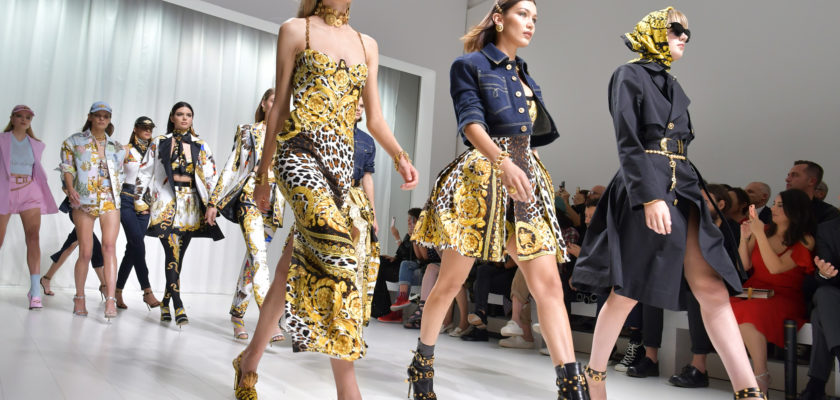Fashion is a vibrant and ever-evolving realm that allows individuals to express their personal style and creativity. It serves as a visual language, reflecting the cultural, social, and artistic values of a society. With an array of styles, trends, and influences, fashion has the power to shape our identities and make profound statements. In this article, we will delve into the top five primary types of fashion that have left an indelible mark on the industry and continue to captivate fashion enthusiasts worldwide.
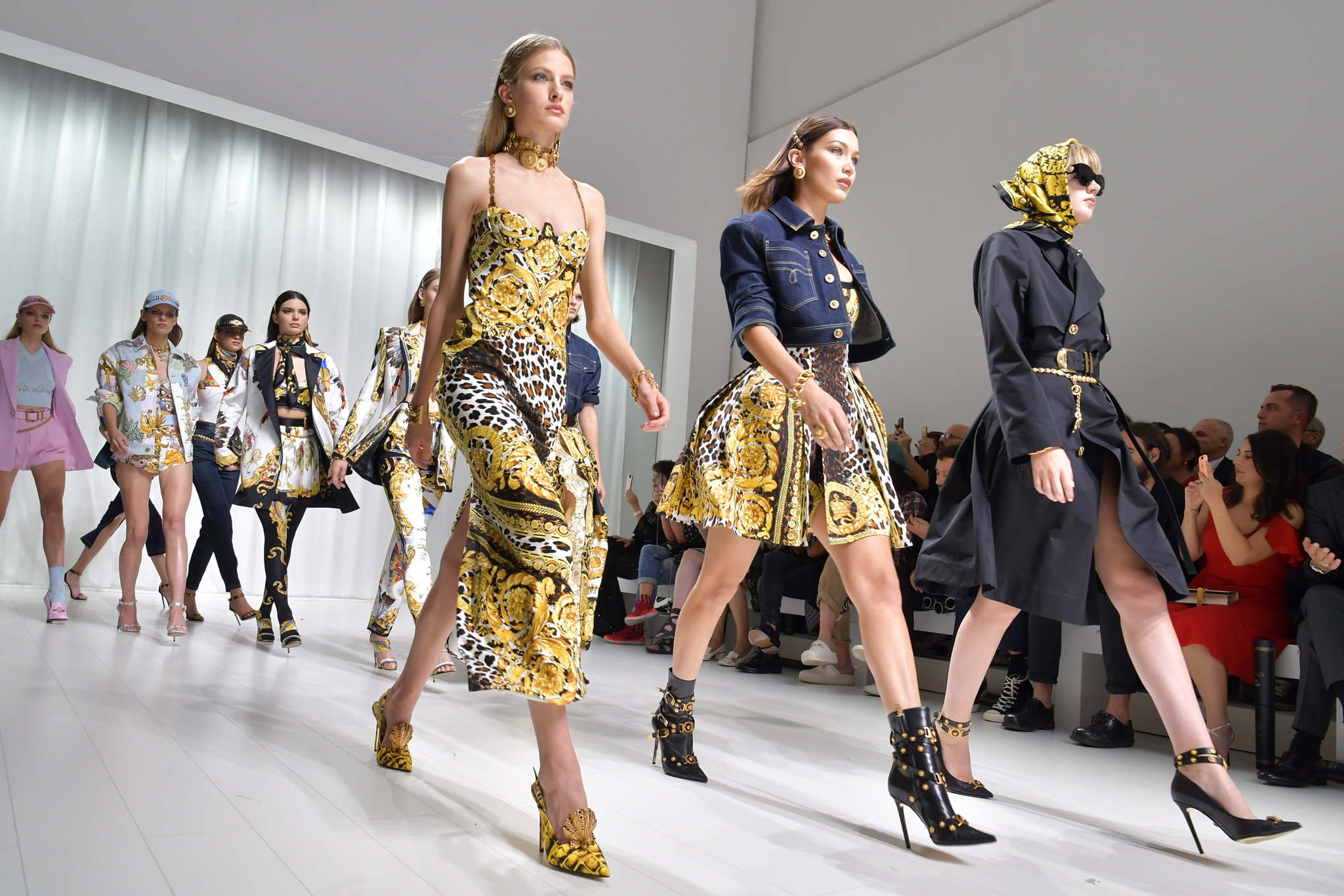
Avant-Garde Fashion
Avant-garde fashion pushes the boundaries of traditional fashion norms and explores unconventional and experimental designs. It is characterized by its artistic and often abstract approach, challenging societal perceptions of clothing and personal expression. Avant-garde designers employ innovative construction techniques, unconventional materials, and exaggerated proportions to create thought-provoking and visually striking garments. While avant-garde fashion may not be readily wearable in everyday life, it serves as a catalyst for creativity and sets the stage for future fashion trends.
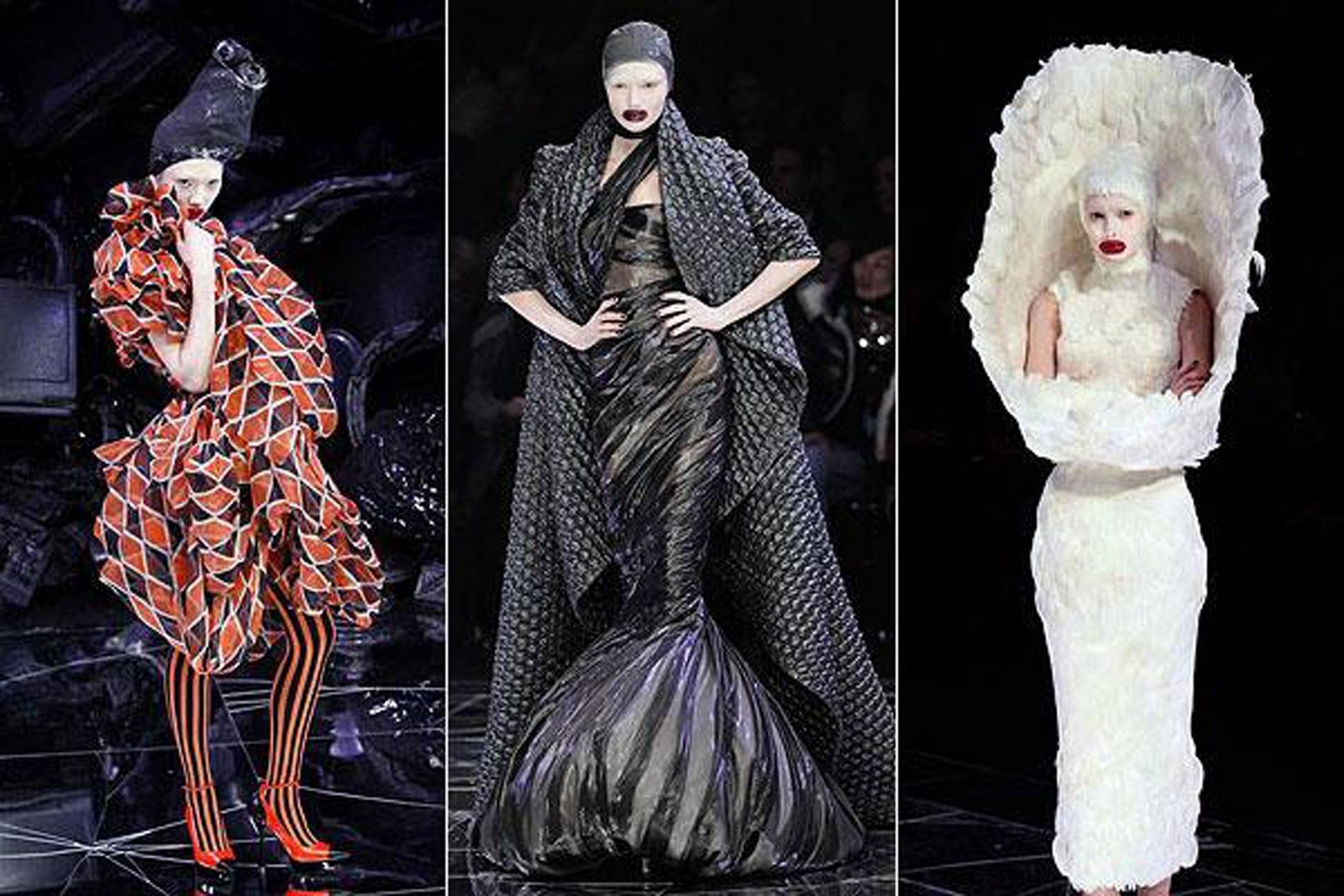
Bohemian Fashion
Bohemian fashion, also known as boho-chic, is a style that embodies a free-spirited and unconventional aesthetic. Inspired by the hippie movement of the 1960s and 1970s, bohemian fashion celebrates natural fabrics, loose silhouettes, and eclectic layering. Flowing maxi dresses, embroidered tunics, floppy hats, and fringed accessories are common elements of this style. Bohemian fashion embraces earthy tones, vibrant prints, and a mix of textures, reflecting a carefree and artistic lifestyle.
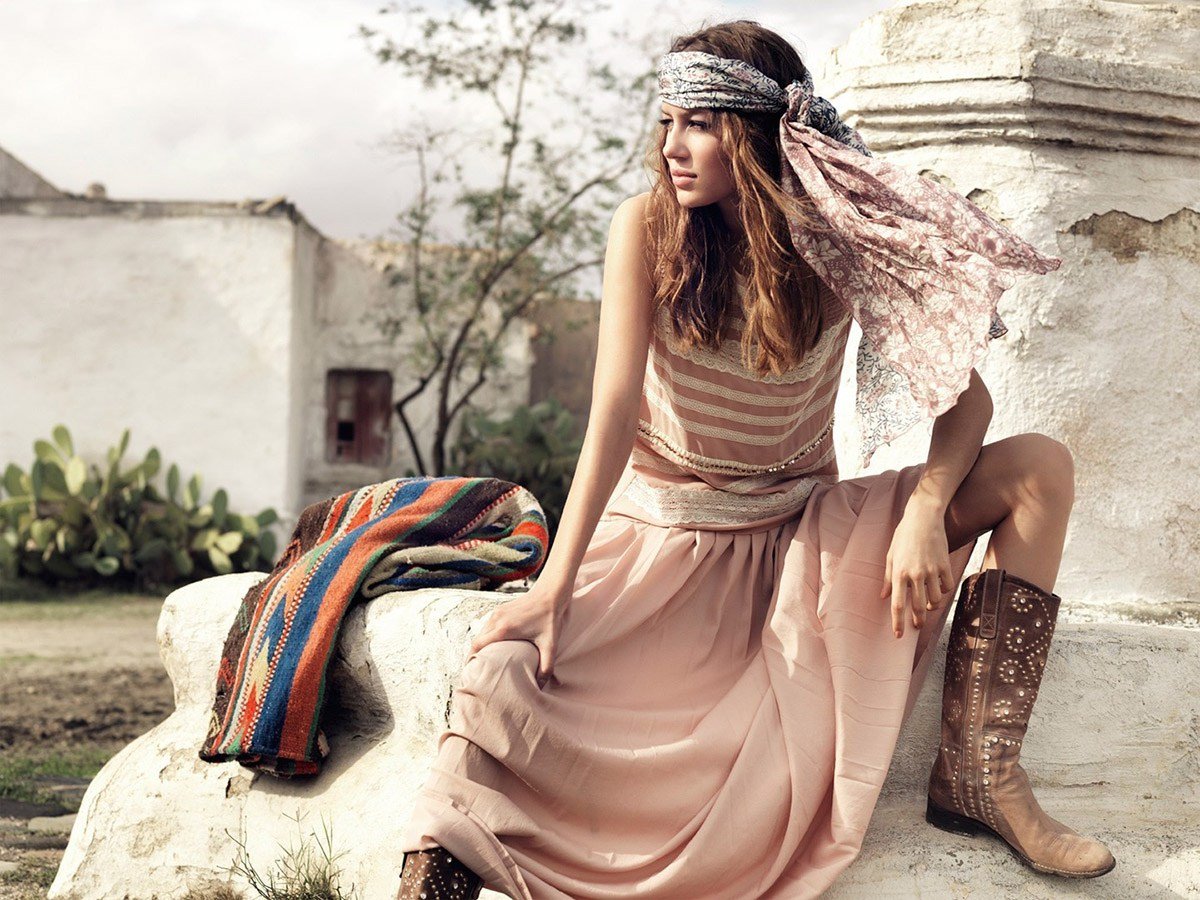
Streetwear
Streetwear emerged in the 1980s and gained widespread popularity through urban youth culture. It represents a fusion of casual and athletic styles with a distinct urban flair. Streetwear often features oversized and comfortable garments, such as hoodies, graphic t-shirts, sneakers, and baggy jeans. Influenced by hip-hop, skateboarding, and street art, streetwear embraces bold colors, graphic prints, and distinctive branding. It blurs the lines between high fashion and everyday wear, creating a unique and expressive style that has become a global phenomenon.
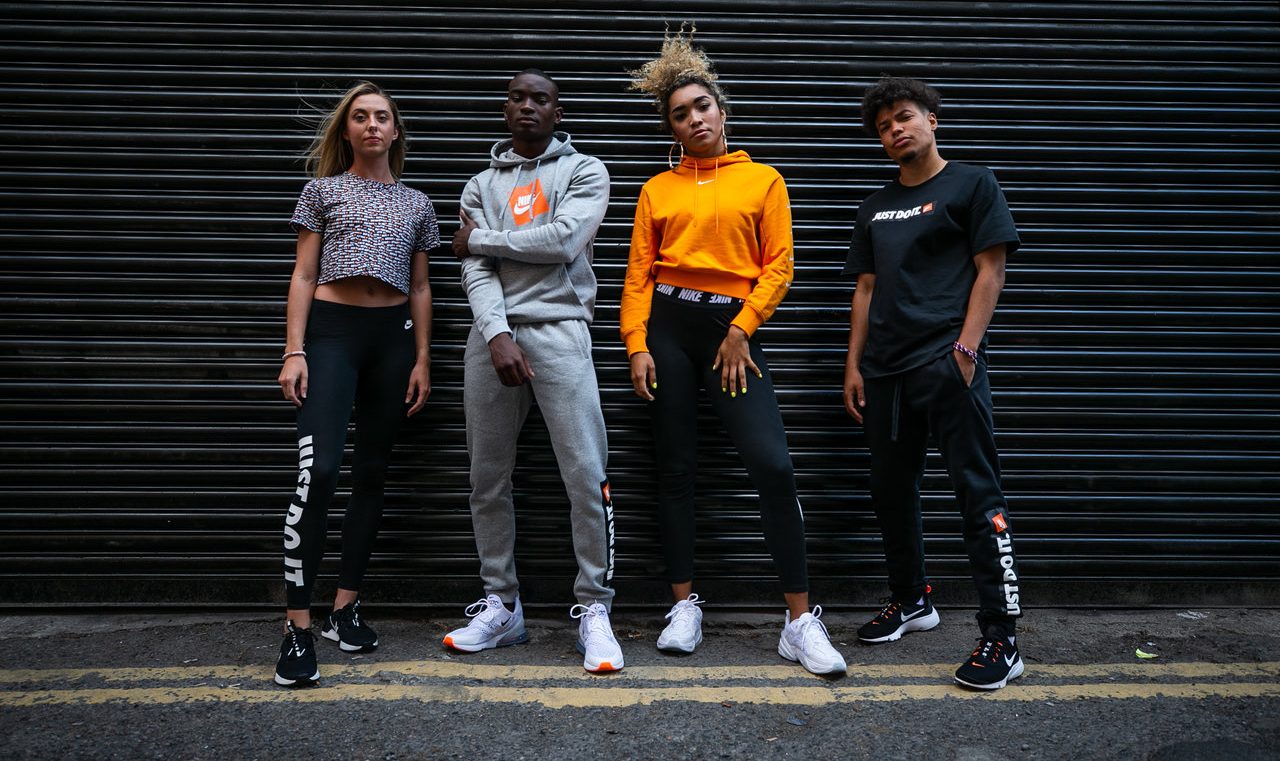
Minimalist Fashion
Minimalist fashion embraces simplicity and clean lines, focusing on essential elements and understated elegance. It originated in the 1990s as a reaction against the excesses of the preceding decades. Minimalist fashion emphasizes neutral colors, monochromatic palettes, and high-quality fabrics. Key pieces include tailored blazers, slim-fit trousers, simple dresses, and structured handbags. Minimalist fashion prioritizes functionality, precision, and the beauty of subtle details, allowing individuals to create stylish and versatile looks with minimal effort.
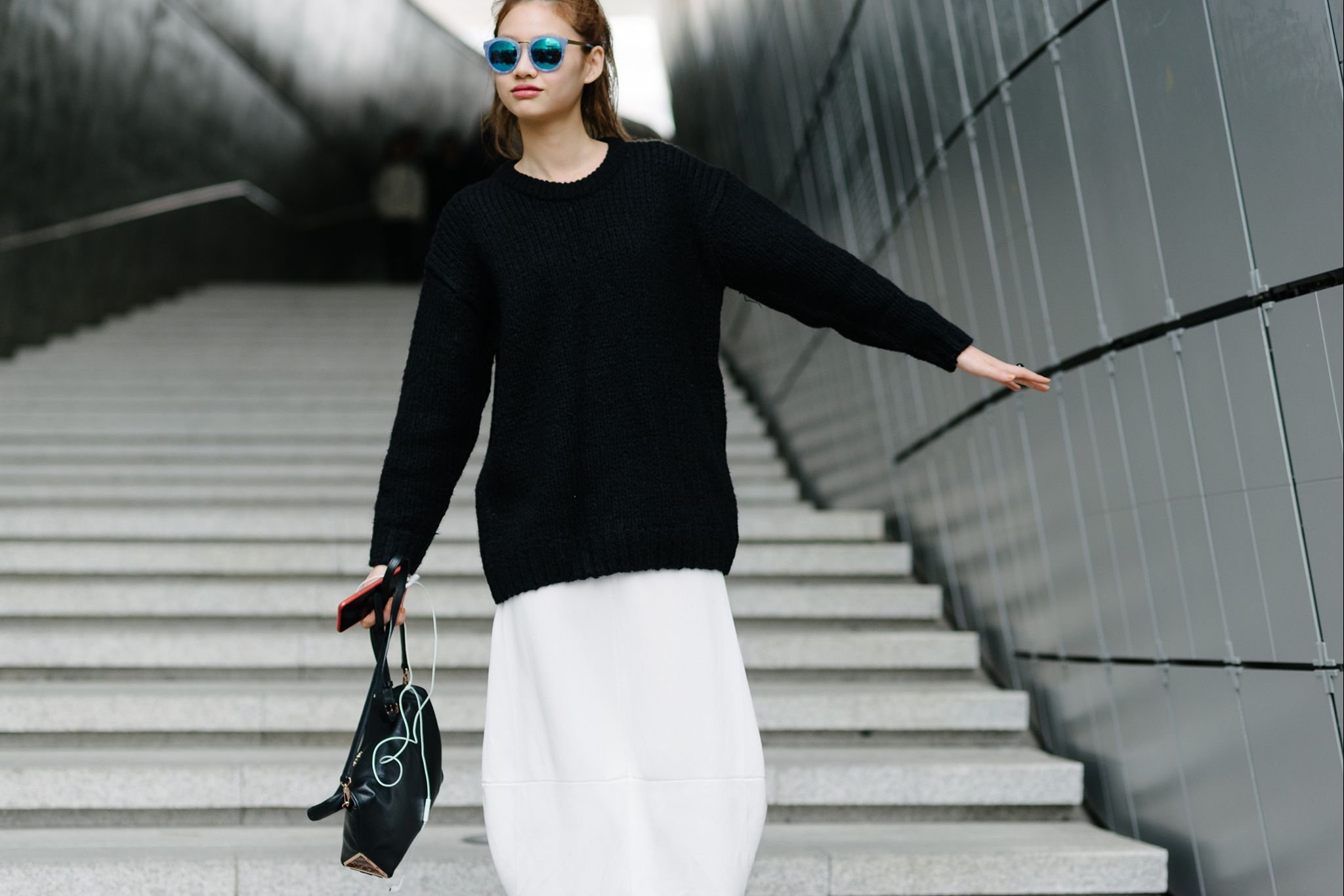
Classic Fashion
Classic fashion represents timeless elegance and sophistication. It draws inspiration from iconic fashion eras, such as the 1920s, s, and 1960s. Classic fashion revolves around clean lines, tailored silhouettes, and refined details. Key pieces in this style include the little black dress, tailored suits, pencil skirts, and structured coats. Classic fashion is characterized by its neutral color palette, high-quality fabrics, and attention to detail. It is a style that transcends trends and emphasizes a sense of timeless style.

